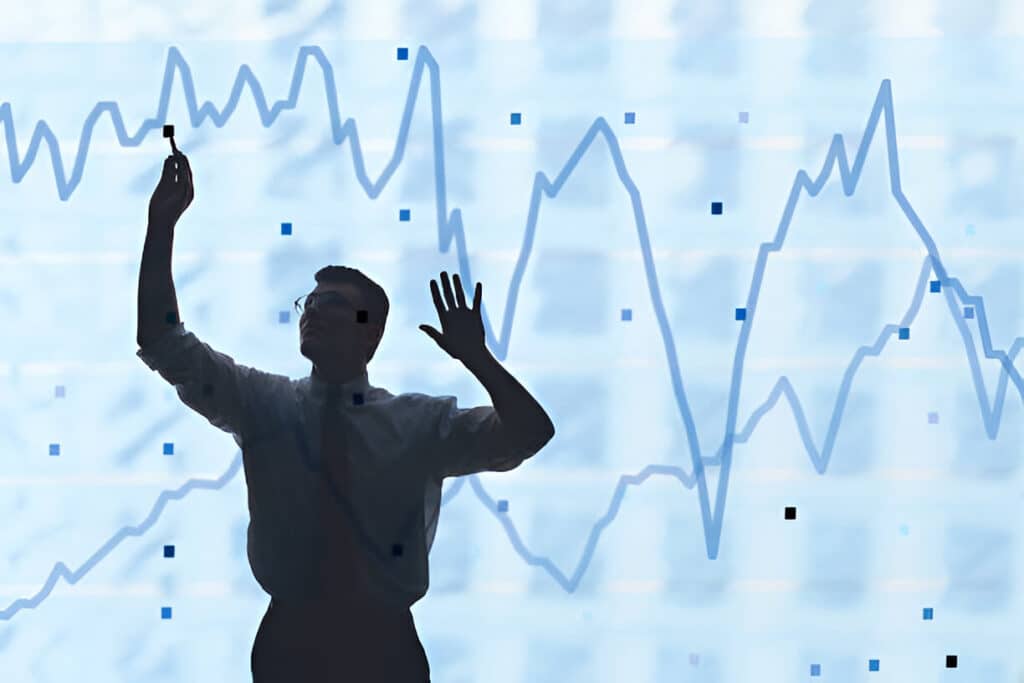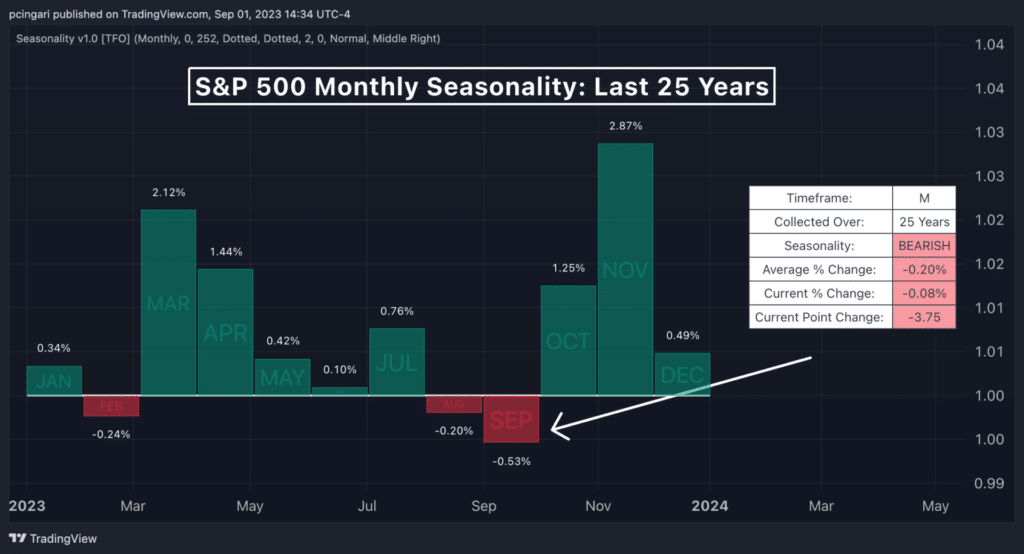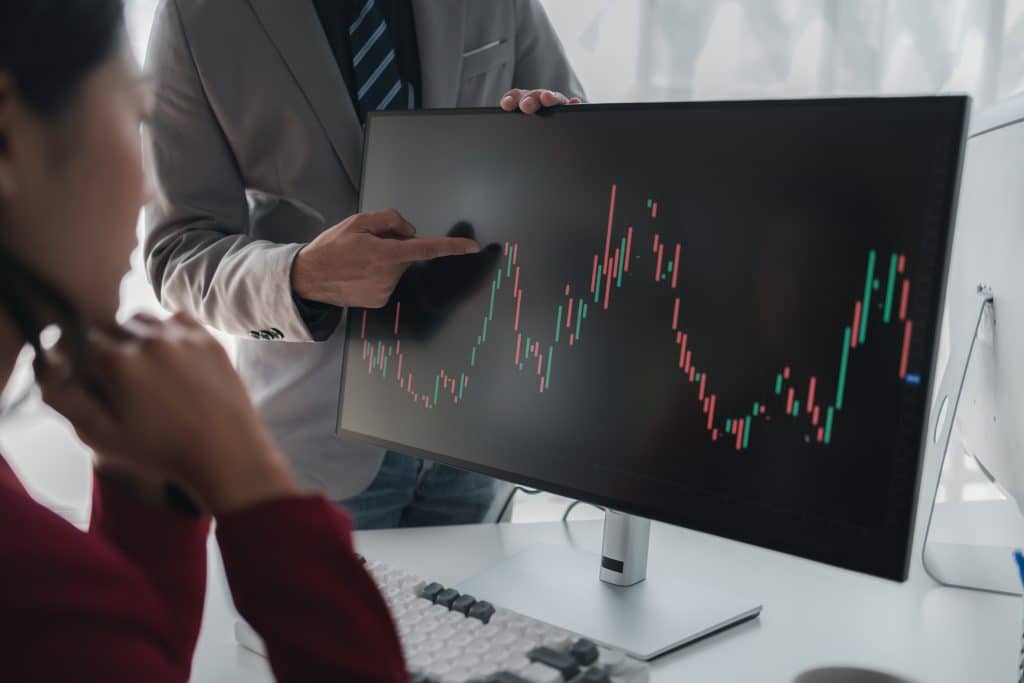Put-Call Ratio Meaning
Put-Call Ratio Meaning

When trading options, there’s a handy tool called the Put-Call Ratio. It sounds complicated, but it’s really easy to understand—think of it like counting fans at a sports game. Some fans cheer for one team, while others cheer for the opposite team. The put-call ratio is simply counting how many fans (traders) are betting prices will go down (puts) versus those betting prices will go up (calls).
What is Put-Call Ratio Meaning?
The put-call ratio measures how many put options (bets the market will fall) are being traded compared to call options (bets the market will rise). It gives traders an idea of market sentiment or the overall mood. Are traders feeling scared (buying puts) or excited (buying calls)?
Put-Call Ratio Meaning: Puts vs. Calls
Here’s a simple breakdown:
- Put Options: Tickets betting prices will fall.
- Call Options: Tickets betting prices will rise.
Imagine today there are 100 put options and 200 call options traded. The put-call ratio is calculated by dividing the puts by the calls:
- Put-Call Ratio = 100 puts ÷ 200 calls = 0.5
A ratio of 0.5 means traders are more optimistic since there are twice as many calls (bets prices will rise) compared to puts (bets prices will fall).
Why Does Put-Call Ratio Meaning Matter?
The put-call ratio helps traders understand the market mood:
- High Ratio (above 1): Traders are cautious, buying more puts. They expect or fear a price drop.
- Low Ratio (below 1): Traders are optimistic, buying more calls. They anticipate prices will rise.
This information helps traders decide their next move, like knowing if fans believe their team will win or lose.
Examples of Put-Call Ratio Meaning
Let’s make it super clear:
Example 1: High Put-Call Ratio
- Puts traded: 300
- Calls traded: 150
- Ratio = 300 ÷ 150 = 2.0
This high ratio means traders are fearful or cautious, expecting prices to fall.
Example 2: Low Put-Call Ratio
- Puts traded: 100
- Calls traded: 400
- Ratio = 100 ÷ 400 = 0.25
This low ratio means traders are optimistic and expect prices to go higher.
Factors Affecting Put-Call Ratio Meaning
Many things can impact the put-call ratio:
- Market news: Negative news increases put buying.
- Economic events: Big economic announcements can shift sentiment.
- Investor mood: Fear or excitement drives the ratio up or down.
- Earnings reports: Companies releasing earnings reports often cause shifts in the ratio.
How Traders Use Put-Call Ratio Meaning
Traders use the ratio in smart ways:
- Market Predictions: Helps traders predict potential market movements based on overall sentiment.
- Trading Opportunities: Traders might buy calls when the ratio is very high (market overly pessimistic) or puts when very low (market overly optimistic).
Put-Call Ratio Meaning and Market Sentiment
The ratio clearly shows trader sentiment:
- Ratio Above 1: Traders are generally bearish (expecting market to fall).
- Ratio Below 1: Traders are generally bullish (expecting market to rise).
Think of it as listening to crowd noise during a sports game—the louder cheering side indicates excitement or fear clearly.
Common Misunderstandings About Put-Call Ratio Meaning
Some traders confuse put-call ratio with options skew:
- Put-Call Ratio: Measures the volume of trades (number of puts vs calls).
- Options Skew: Measures the price difference (expensive puts vs calls).
Knowing this difference helps traders understand the market better.
FAQs: Put-Call Ratio Meaning
What is a good put-call ratio?
A balanced ratio is around 1. Above 1 indicates fear, below 1 indicates optimism.
Can the put-call ratio predict market crashes?
It can signal increased caution, but it doesn’t perfectly predict crashes.
Does the ratio work for all stocks?
Yes, but it’s most useful for highly traded stocks and market indexes.
Why is the put-call ratio important?
It quickly shows traders the overall market sentiment.
Is a low ratio always good?
Not always—extremely low ratios might suggest too much optimism, signaling caution for traders.
Final Thoughts
The put-call ratio is a simple yet powerful tool for traders. It helps them quickly understand the mood of the market—are traders feeling hopeful or fearful? By using the put-call ratio, traders make smarter decisions, avoid mistakes, and find profitable opportunities. It’s just like knowing if the crowd expects their team to win or lose.
Check out articles on:
- Introducing to Options Trading
- Mastering Butterfly Spreads
- The Power of Diagonal Spreads
- The Power of Iron Condors
- The Power of Vertical Credit Spreads
- How to Succeed Trading Stocks, and Stock Options in a Volatile Market
Related Article
Elevate Your Options Trading Skills
Ready to master options? Join our community for in-depth education on options trading, live sessions, and expert analysis of options trading strategies. Sign up today to start profiting from market swings using advanced options trading strategies!
Below are the links:
- Day Trading Room
- Swing Trading Room(Short-term)
- Small Account Mentorship
- SPX Trading Alerts(Alerts Only)
- Revolution Swings(Alerts Only)
To your success,

Billy Ribeiro is a globally recognized trader renowned for his mastery of price action analysis and innovative trading strategies. He was personally mentored by Mark McGoldrick, famously known as “Goldfinger,” Goldman Sach’s most successful investor in history. McGoldrick described Billy Ribeiro as “The Future of Trading,” a testament to his extraordinary talent. Billy Ribeiro solidified his reputation by accurately calling the Covid crash bottom, the 2022 market top, and the reversal that followed, all with remarkable precision. His groundbreaking system, “The Move Prior to The Move,” enables him to anticipate market trends with unmatched accuracy, establishing him as a true pioneer in the trading world.
Connect with us:





